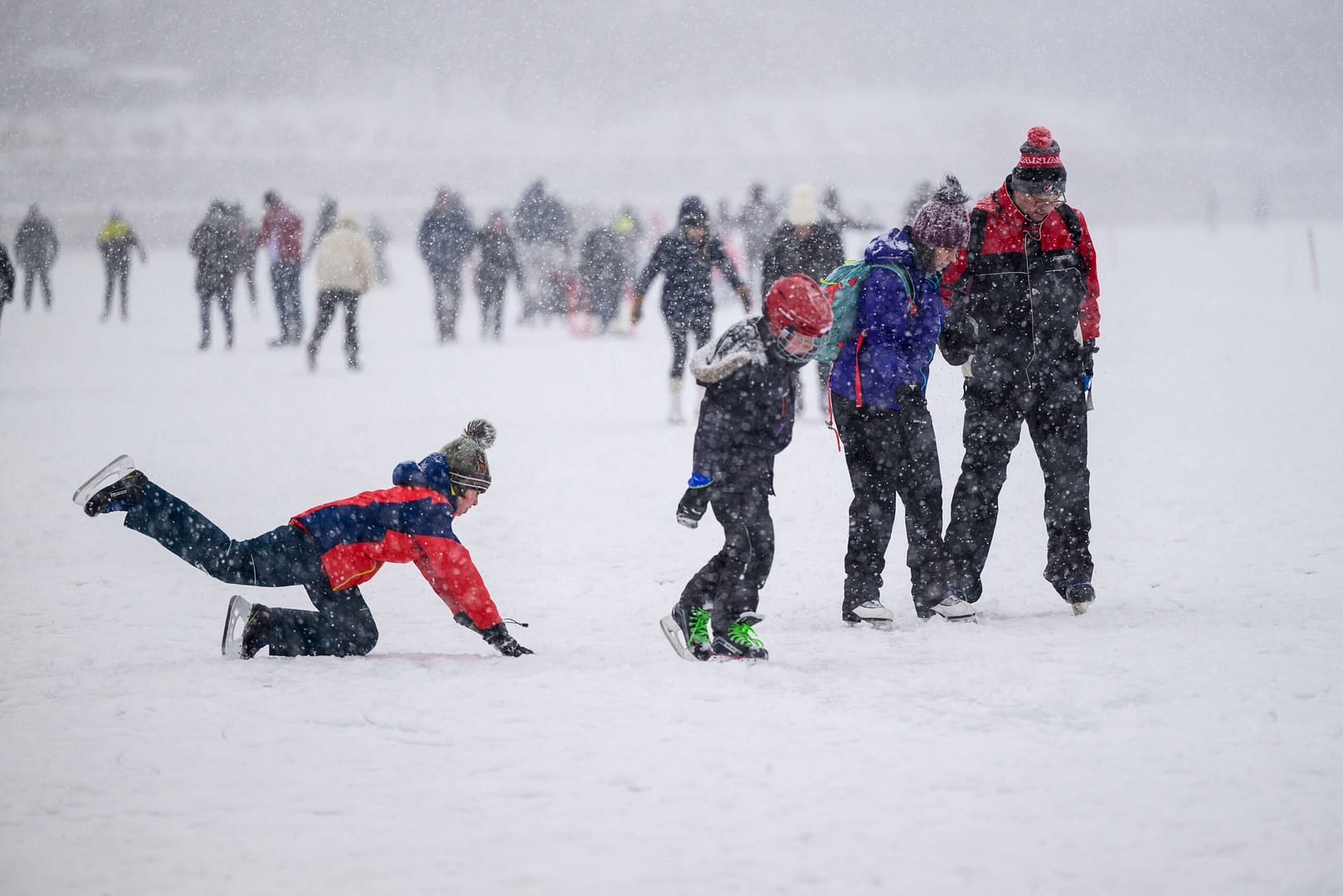People are heading out to lagoons, trails, and hills to enjoy some white activities with family and friends now that the holidays are in full swing. However, there are still dangers associated with actions on ice and snow. Here are some safety advice you can use to ensure a safe winter ride, from determining whether snow is solid enough to skate on to finding bicycle safety and tobogganing advice. The Canadian Red Cross advises people to check the color of the snow, with evident orange to black being the strongest and thickest, if they plan to glide. It’s recommended to skate on frost no less than 20 centimetres heavy, though if walking or skating on your own, 15 centimetres is feasible. Stay away from snow if it is transparent pale, gray, or winter frost, which forms when damp snow freezes on ice. Avoid those locations because the weakest ice is generally found in the center and along the edge of a body of water, according to the Red Cross. A nevertheless body of water like a river is typically the safer kind of frost to skate on, unlike a stream or flowing water. The Alberta authorities advises calling 911 for help if the snow cracks while you’re on it while you’re on it, lay on the ice, and then walk or move back to land. The Red Cross advises calling for assistance and avoid trying to climb up out of where you fell in because the ice will be poor in this area if you fall through the snow. Instead, relax and catch your breath before heading toward the shore, where the glaciers is likely to be more secure. Move your legs inward to try to get horizontal, move your forward on the ice, and quietly walk onto the ice. With your arms and legs spread out, move up and place your back on the open location. Call for assistance if someone falls in while assisting another person, or if they can achieve a long shaft or branch, lay down and stretch the object to them. Use a personal flotation device and check the ice with a pole or branch if you’re trying to help on the snow. When the ice breaks, lay down and distribute your weight before moving slowly into the hole, extend the pole, and have the other person kick as you pull them out. According to the Canada Safety Council, the nation has registered more than 700,000 snowmobiles. People who decide to participate in this activity should stay away from lakes and rivers because there is a chance of plunging through the snow and there is frequently much less momentum for starting, turning, and stopping. The Canadian Red Cross recommends that frost become no less than 25 centimeters heavy if you have to go on it. Trending Then
Matt Gaetz’ often’ paid for sex, including with small, U. S document alleges
Bank of Canada’s major rate reduce was a ‘ near call,’ minutes present
The Ontario state advises people to fill their gas tank before heading out, check the weather and conditions on the trails, dress appropriately, and use a proper hat after that, walk on the right-hand side of the trail, and slow down when on new ground. Most importantly, don’t leave children unsupervised with snowmobiles or unattended on snowmobile sleds. 3: 57
Snowmobile safety tips from Parachute CanadaParents often love to take their kids tobogganing, but this too requires safety measures. Although no laws impose it, Toronto’s Hospital for Sick Children advises using a sled with steering abilities over a light sheet wherever possible and wearing a helmet for protection. It’s advised to steer clear of hills with trees, fences, or other obstacles, and avoid going down a hill with a city street or body of water at its end. Sledding with kids? Speaking of which, always toboggan feet first, sickKids advises making sure they are developmentally and physically ready for the sled they’re using, as well as that they know how to brake with their feet if necessary. When the snow melts and the weather cools, there are many things to do, but there are risks that accompany them. The best way to ensure you have a fun time this season is to plan ahead and be safe.

